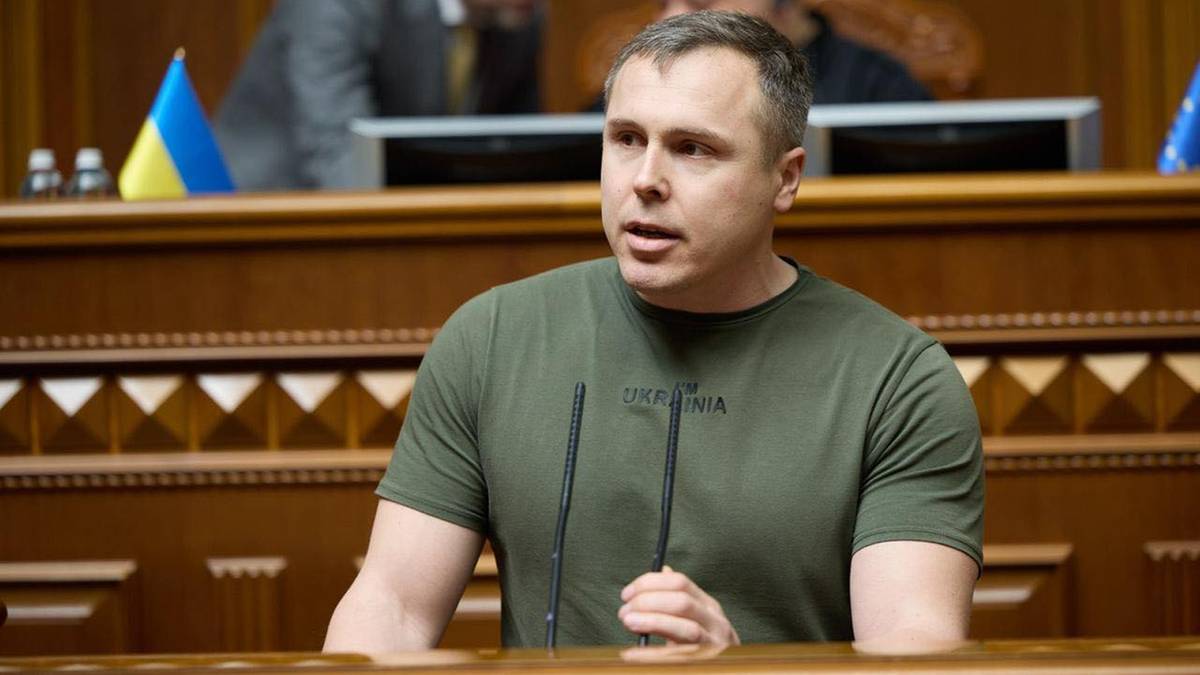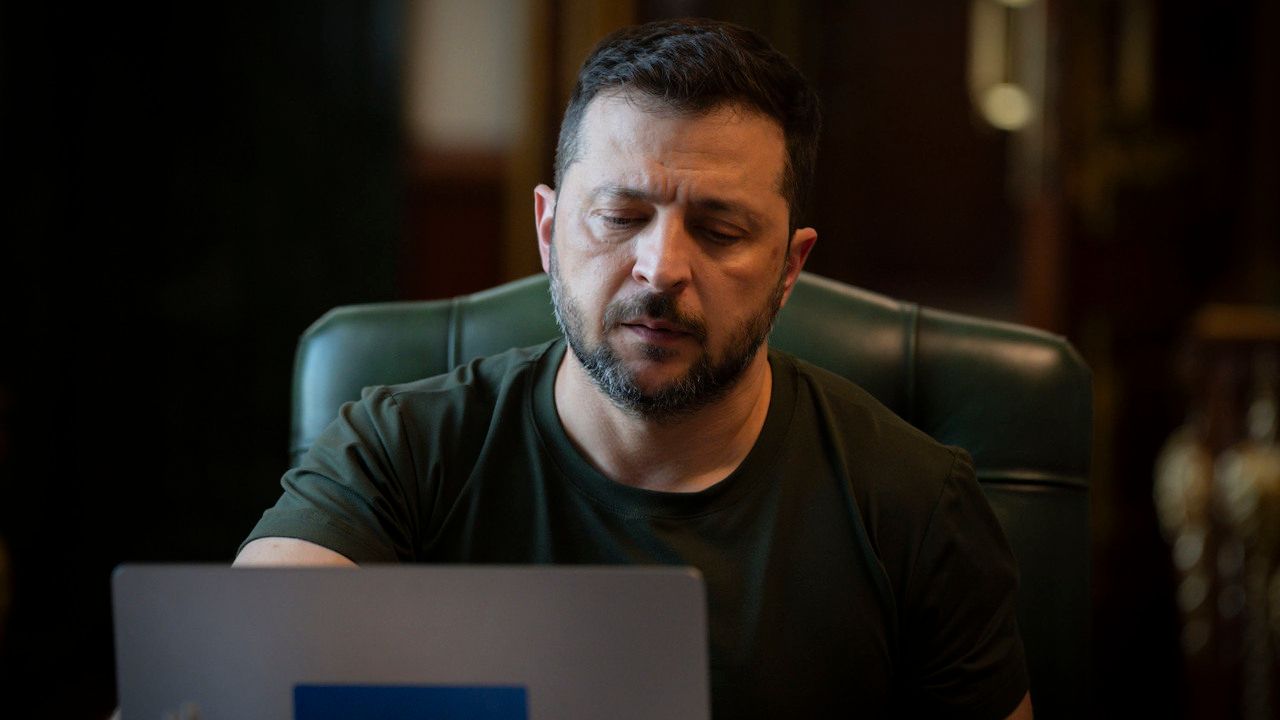
Israel’s Strike On South Pars: Is Europe Facing A New Energy Crisis?
Submitted by Thomas Kolbe
Israel’s recent military strike on Iran’s nuclear capabilities and the main artery of its energy sector has reshuffled the regional deck. For Europe, the attack could signal the onset of an energy policy disaster.
It is too early to fully assess Israel’s strategic attacks on Iran’s nuclear infrastructure and energy production. Yet one thing is already clear: alongside the systematic elimination of military and nuclear targets, the precision strike on the South Pars gas field marks a dramatic escalation of military events. Located on the Persian Gulf, South Pars is currently the world’s largest operational gas field and a central pillar of the Iranian regime’s economic stability. By targeting this facility, Israel has sent a clear signal that it aims to bring about regime change in Tehran—and is willing to risk retaliatory attacks on its own energy infrastructure to achieve that end.
Hitting Iran’s Economic Lifeline
The June 14 attack on the gas field resulted in the immediate shutdown of one of its four production units. Daily output dropped by 12 million cubic meters—a roughly 4.4 percent decrease in Iran’s daily gas production, which totals approximately 275 billion cubic meters annually. With a domestic gas price of around $0.07 per cubic meter, the Iranian regime is now losing an estimated $840,000 per day. This is a serious blow to the country’s energy sector, as South Pars is Iran’s most important energy source.
Iran uses the bulk of its natural gas for domestic consumption—primarily for power generation, heating, and industrial purposes. Only about 10 percent of its gas output is designated for export, according to the National Iranian Gas Company (NIGC), with Iraq and Turkey as its main customers under long-term contracts. Export to Europe remains a strategic objective for Tehran but is currently of negligible significance due to lack of infrastructure and hostile political conditions.
Europe’s Energy Dependence
Israel’s strike caused an immediate spike in global energy prices. Within hours, the price of crude oil surged by 14 percent to $73 per barrel, reflecting market fears of a regional escalation that could permanently damage energy production infrastructure. While global LNG markets were less directly affected, traders began pricing in risk premiums for oil and gas futures in anticipation of further attacks on critical energy facilities.
If the conflict deepens, energy-poor and import-dependent regions could face a heavy toll. Europe, in particular, may be reminded of the oil shocks of the 1970s, when OPEC retaliated against Western support for Israel during the Yom Kippur War with a 5 percent production cut—plunging much of the West into recession. At the time, the price of oil jumped from $3 to over $12 per barrel in less than a year. Western economies scrambled to respond with drastic measures, including the now-infamous “car-free Sundays.”
Despite decades of rhetoric about energy independence, Europe remains highly vulnerable. Around 58 percent of the European Union’s total energy consumption must be covered by imports from outside the continent. This dependency makes Europe susceptible to geopolitical crises, price volatility, and supply disruptions. Energy security has long been a core concern of EU policy, but the continent has failed to escape the geopolitical stranglehold of the global energy market. The EU’s Green Deal, hailed as a bold energy transformation, has in practice deepened Europe’s vulnerability by accelerating deindustrialization and weakening its industrial base.
Oil and gas dependence remains especially pronounced. Germany, despite annual multibillion-euro investments in “green transformation,” imports 66 percent of its energy. Italy depends on imports for 75 percent of its needs, and Spain for 68 percent. Only a handful of countries, such as Estonia (3 percent) and Sweden (26 percent), can claim relative energy independence.
The Euro and the Fiat Trap
For eurozone nations, a repeat of the 1970s oil crisis would be financially devastating. Crises of this kind drive mobile capital toward the U.S. dollar—the world’s dominant energy-trading currency. The U.S., with its largely energy-autarkic economy, would be shielded from much of the fallout.
Europe’s situation, by contrast, is precarious. The euro is a fiat currency backed by an issuer with little access to domestic energy resources. In the face of geopolitical shocks, it would likely suffer sharp devaluation as Europe scrambles to pay soaring import prices. Rising energy costs would act as a recession accelerator, fueling existing inflationary pressures and triggering capital flight toward more energy-secure jurisdictions. Europe is trapped. The political elimination of nuclear power in Germany and the embargo on Russian energy have only intensified the continent’s exposure.
Brussels appears paralyzed in the face of this geopolitical turbulence. The war between Israel and Iran underscores what has already become clear in the Ukraine conflict: the EU is losing geopolitical relevance at breakneck speed. It plays little to no role in either preventing or resolving the central conflicts of our era. Without a fundamental shift in strategy—and a renewed willingness to engage in pragmatic diplomacy—Europe lacks the tools to confront an impending energy shock. The EU must relearn the art of negotiation. Its influence in the world’s energy-dominant regions is rapidly evaporating.
* * *
Thomas Kolbe, a German economist, has worked for over 25 years as a journalist and media producer for clients from various industries and business associations. As a publicist, he focuses on economic processes and observes geopolitical events from the perspective of the capital markets. His publications follow a philosophy that focuses on the individual and their right to self-determination.
Tyler Durden
Mon, 06/16/2025 – 06:30










